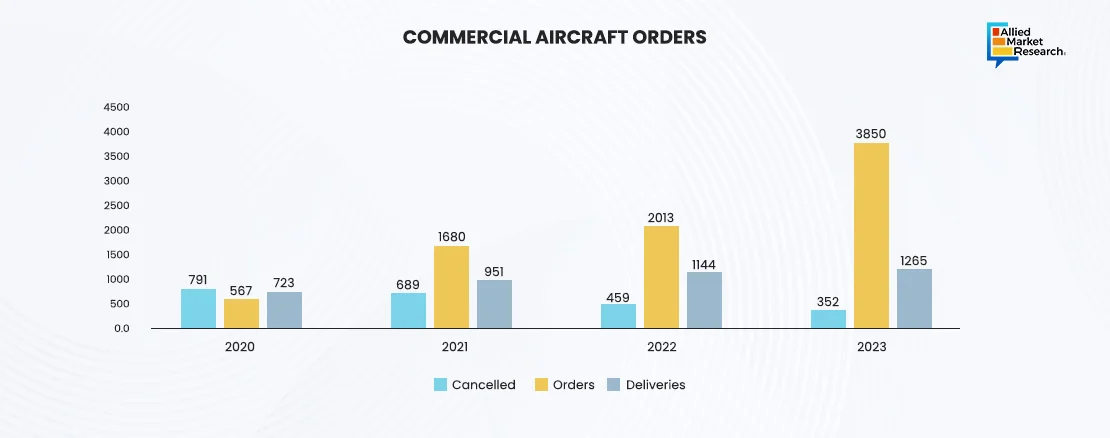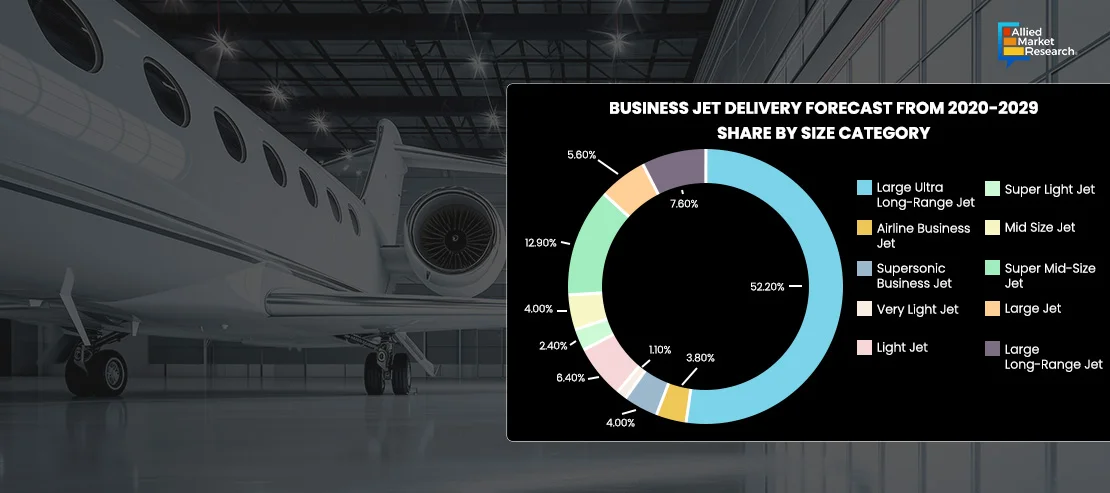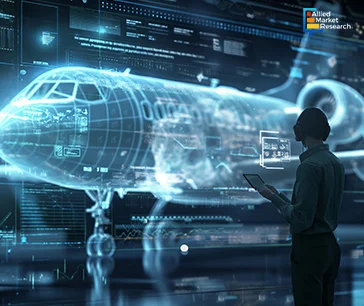Table Of Contents

Sonia Mutreja

Koyel Ghosh
The Future of Aviation: Hybrid Aircrafts

The aviation industry has been the pillar of global connectivity, facilitating the efficient transport of people and goods worldwide. However, this sector is also a significant contributor to environmental issues, particularly through greenhouse gas emissions and noise pollution. As the world moves toward more sustainable solutions in various industries, aviation is also undergoing a transformative phase. One of the most promising developments in this realm is the advent of hybrid aircraft. These innovative machines combine traditional propulsion methods with electric or alternative fuel systems, aiming to reduce the environmental footprint of aviation while maintaining or even enhancing performance. The range of hybrid aircraft is influenced by multiple factors.
The size and weight of an aircraft are important because larger and heavier planes need more energy to fly. The type and capacity of the energy storage system, like batteries or fuel cells, also matter since they have different energy efficiencies and can add weight. Additionally, conditions like weather, altitude, flight speed, and air traffic affect how far an aircraft can travel. Bad weather, high altitudes, and changing speeds can reduce energy efficiency. To design hybrid aircraft that fly farther and perform well, it's essential to optimize these factors.
Range Capabilities of Hybrid Aircraft
Range is determined by a variety of parameters, including the aircraft's size and weight, the kind and capacity of the energy storage system, and the unique operating conditions. The Heart ES-30's 30- to 50-minute charge period is expected to provide a 250-mile range with an integrated turbine generator powered by sustainable aviation fuel. Heart claims that with a full charge, the HEA can transport 30 passengers and their luggage for 125 kilometers without the need for its turbine generator. In contrast, other projects like Boeing Aurora eVTOL, Lilium, City Airbus, and Bye Aerospace Sun Flyer 2 have different range capabilities. Meanwhile, business and regional aircraft in this category boast a significantly longer flight range of over 1000 kilometers (621 miles) and can accommodate around ten passengers.
Between 2025 and 2035, the aviation industry experienced remarkable revenue growth, reaching up to USD 10.2 billion. This surge in demand was driven by several factors, including stringent environmental regulations and a global movement toward sustainable aviation. Governments and regulatory bodies implemented measures to reduce carbon emissions and promote the adoption of greener technologies within the industry. In addition, advances in electric propulsion systems and battery technology have substantially improved the performance and feasibility of hybrid aircraft, making them a viable commercial choice. The market has benefited from increased R&D investments by major aerospace companies keen to capitalize on the growing demand for environmentally friendly transportation solutions.
In February 2022, Airbus announced the continuation of its E-Fan X hybrid-electric aircraft project, initially started in collaboration with Rolls-Royce. This project aimed to reduce fuel consumption and emissions by integrating a hybrid-electric propulsion system into a commercial aircraft, highlighting Airbus's commitment to sustainable aviation technologies.
The rise in commercial aircraft orders is going to significantly boost revenue for hybrid aircraft makers. As airlines focus more on fuel efficiency and cutting emissions, hybrid planes are becoming a popular choice for updating fleets. Big orders from major airlines are expected to help manufacturers produce more efficiently and cut costs, leading to better profits. Moreover, with stricter environmental regulations, hybrid technology is set to become even more important. This growing demand for new aircraft is projected to create a strong and steady income for companies that make hybrid planes.

Investments in Hybrid Aircraft Which Flourish the Market Demand
In April 2022, the European Union launched the Clean Aviation Joint Undertaking with a substantial budget of USD 1.8 billion to accelerate the development of hybrid and electric aircraft technologies. This initiative aims to transition the aviation sector to sustainable energy sources and significantly reduce greenhouse gas emissions by funding various projects focused on innovative propulsion systems, including hybrid-electric aircraft. In June 2022, the U.S. Department of Energy announced a $100 million investment in the ARPA-E Aviation Initiative to advance hybrid-electric propulsion systems for aircraft. This funding supports research and development efforts to enhance energy efficiency and reduce aviation's environmental impact, targeting projects from academic institutions, private companies, and national laboratories.
The UK government committed $161.90 million to the Future Flight Challenge, an initiative aimed at advancing innovative aviation technologies such as hybrid-electric aircraft, in November 2022. This funding aims to accelerate the deployment of cleaner aviation technologies and help the UK achieve its net-zero emissions target by 2050, supporting projects that integrate hybrid-electric propulsion systems into commercial aircraft. In September 2023, Germany's Federal Ministry for Economic Affairs and Energy announced a €500 million investment in the LuFo VI-3 Aviation Research Program to focus on hybrid-electric and sustainable aviation technologies.
In January 2024, the Australian government launched the Green Skies Initiative with an AUD 250 million investment to support the development of hybrid-electric aircraft and other sustainable aviation technologies. This initiative is part of Australia's commitment to reducing its carbon emissions and promoting green innovation in the aerospace sector. This program aims to establish Germany as a leader in green aviation innovation by supporting projects that develop and test hybrid-electric propulsion systems. Recently, the French Ministry of Ecological Transition has announced a €400 million investment in the Eco-Aviation Fund to accelerate the development of hybrid and electric aircraft. This initiative is designed to reduce the environmental impact of aviation and support France's goal of achieving carbon neutrality by 2050, with a focus on innovative propulsion systems and sustainable aviation technologies.
Hybrid aircraft are changing the way aviation operates. With advances in batteries, power systems, and aerodynamics, these technologies are boosting efficiency and creating new business opportunities in the industry. Along with technological progress, supportive regulations and infrastructure are essential for the widespread use of electric aircraft. Governments and industry leaders are working together to create policies, incentives, and charging networks to smoothly integrate electric planes into current air travel systems. Electric aviation is revolutionizing air travel by offering a more sustainable option that reduces environmental impact. Electric propulsion systems are now set to redefine short-haul flights, setting new standards for eco-friendly air travel.
In January 2024, Embraer announced the successful first flight of its E175-E2 aircraft, the latest addition to the E2 family, designed for short-haul routes. Featuring next-generation engines, improved aerodynamics, and advanced avionics, the E175-E2 offers significant fuel savings and lower operating costs, bringing Embraer closer to delivering a highly efficient solution for short-haul connectivity.
Mitsubishi Aircraft Corporation resumed flight testing of its SpaceJet M90 in February 2023. This aircraft, designed for the short-haul connectivity market, promises superior fuel efficiency, reduced emissions, and enhanced passenger experience. The resumption of flight testing is a significant step toward achieving certification and the commercial launch of the SpaceJet M90.
The developments related to business jets indicate considerable growth in demand, which can greatly enhance the revenue potential for hybrid aircraft. As companies are seeking more efficient and eco-friendly travel options, hybrid aircraft has come out as a great solution. These planes balance performance with environmental benefits and are becoming more advanced. This makes them attractive in the business aviation market. As sustainability becomes more important, investments in hybrid aircraft are expected to grow significantly. This will help them meet customer demands for better efficiency and lower carbon emissions. As a result, hybrid aircraft manufacturers can expect strong revenue from the growing interest in green travel and the expanding business jet market.

Cutting-edge Advancements in the Corner
The hybrid aircraft market is highly competitive, largely due to the strong presence of established manufacturers. These companies, with their extensive financial and technical resources, are expected to gain a competitive edge over others by meeting the industry's demands. Leading players in this sector are concentrating on technological innovation and incorporating advanced technologies in their product launches to maintain their market dominance.
Embraer introduced its Energia Hybrid aircraft concept in January 2024. It combines electric and traditional combustion engines to improve efficiency and reduce emissions. The aircraft is part of Embraer's broader Energia initiative aimed at exploring innovative technologies for sustainable aviation. The Energia Hybrid is expected to enter service in the early 2030s.
In March 2024, Rolls-Royce brought forth the successful testing of its PGS1 hybrid-electric propulsion system, which is designed for integration into regional aircraft. The PGS1 system integrates a gas turbine with an electric motor, offering significant fuel savings and emission reductions. This achievement is a significant step in Rolls-Royce's progress toward creating sustainable propulsion systems for the aviation industry.

Endnote
Many experts predict that hybrid and electric aircraft will ultimately become a reality, with initial deployment planned in smaller settings. Airline executives intend to utilize early hybrid or electric-only planes on short, urban commuter routes as a first step toward scalable technologies. Gokcen Ç?nar, an aerospace engineer and assistant professor, discussed the future of electric planes with The Conversation. He noted that hybrid propulsion systems, which use batteries, can significantly reduce fuel consumption for larger jets. It predicts that smaller regional planes will use this technology between 2030 and 2035. Furthermore, Ç?nar highlights the attractive option of using batteries as a power aid during takeoff and climb. That sees hybridization as a mid-term solution for larger planes and a near-term solution for regional flights.
Allied Market Research helps vendors in the hybrid aircraft market by providing comprehensive insights and strategies. With AMR's expertise on board, businesses can identify opportunities, assess market demand, and drive innovation. AMR offers valuable information on leading hybrid aircraft manufacturers, their strategies, and key developments. For more details on technologies, innovations, and industry dynamics, AMR is the go-to resource.

